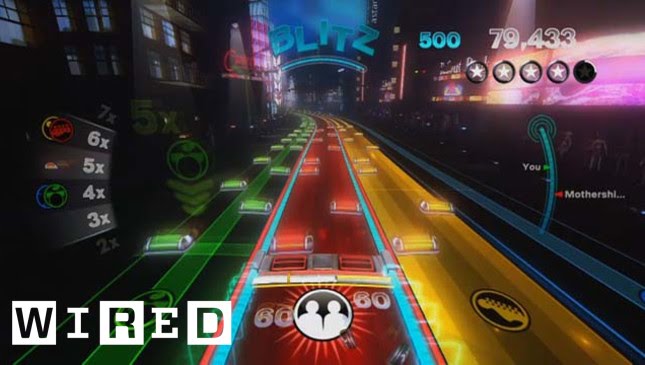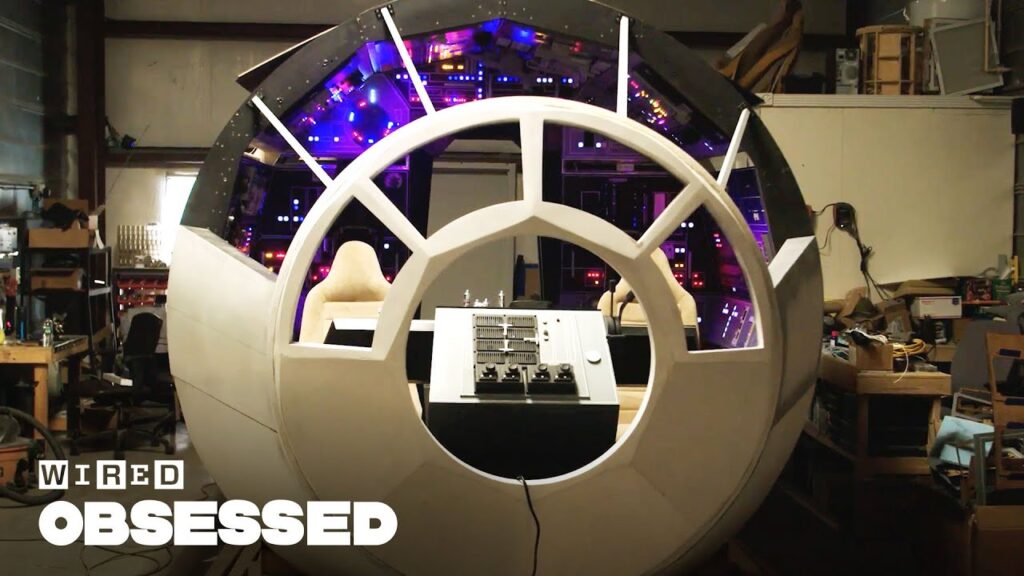The Google Pixel: A High-End Chromebook For Power Users
Summary
In this Q&A session, experts discuss the new Google Chromebook, the Pixel. The Pixel is unlike any other Chromebook released thus far, as it is entirely built by Google, has a high-end design, and a touch screen. The experts discuss the Pixel’s purpose, Google’s strategy with the Chromebook, and the machine’s integration with Android.
Table of Contents
- The Pixel’s Design and Hardware
- Google’s Strategy with the Pixel
- The Relationship between Android and the Pixel
- Conclusion
The Pixel’s Design and Hardware
The Pixel sets itself apart from other Chromebooks with its hardware design. It has a high-end, sleek design and durable build quality, and its hardware is entirely built by Google. The device also boasts a series of features, including a touch screen and a glass trackpad. The screen has a 3.2 aspect ratio that is denser than a retina display, making it look stunning. The machine is powered by a core i5 with integrated graphics, making its performance incredibly smooth. Despite the stunning build, the experts lament the high price tag, which starts at $1,300 for the Wi-Fi-only version and $1,500 for ones that have Verizon 4G LTE capabilities, which require a data plan.
Google’s Strategy with the Pixel
Experts believe that the Pixel is Google’s attempt to elevate the Chromebook from a low-budget option for students and make it a high-end machine for power users. Google aims to use the Pixel to push software makers to create fully-featured web applications that can rival desktop applications like Adobe’s Photoshop or Avid’s video editing software. By doing so, Google is positioning the Pixel as a different type of computer that is designed for more intense usage, with a focus on touch displays and high-resolution graphics.
The Relationship between Android and the Pixel
The Pixel comes with its own Chrome operating system and is based on Linux. It is a free and open platform rather than a traditional OS. Google hopes to incorporate the Pixel’s touchscreen features and high-resolution display into its Android platform, which has the largest install base globally. Android also uses responsive technologies to create responsive designs to fit all different kinds of screen sizes. While Google sees two computing visions, one mobile with Android and one laptop-based with Chrome, both of these visions incorporate touchscreens.
Conclusion
Although the Pixel is expensive and runs only a browser and web apps, it still sets itself apart from other Chromebooks with its features and high-end hardware design. While Google hopes to elevate the Chromebook from a low-budget option for students, the experts believe that it is too early to tell the machine’s impact on the market. However, the Pixel demonstrates Google’s efforts to push software makers to create fully-featured web applications, with a focus on touch displays and high-resolution graphics.






